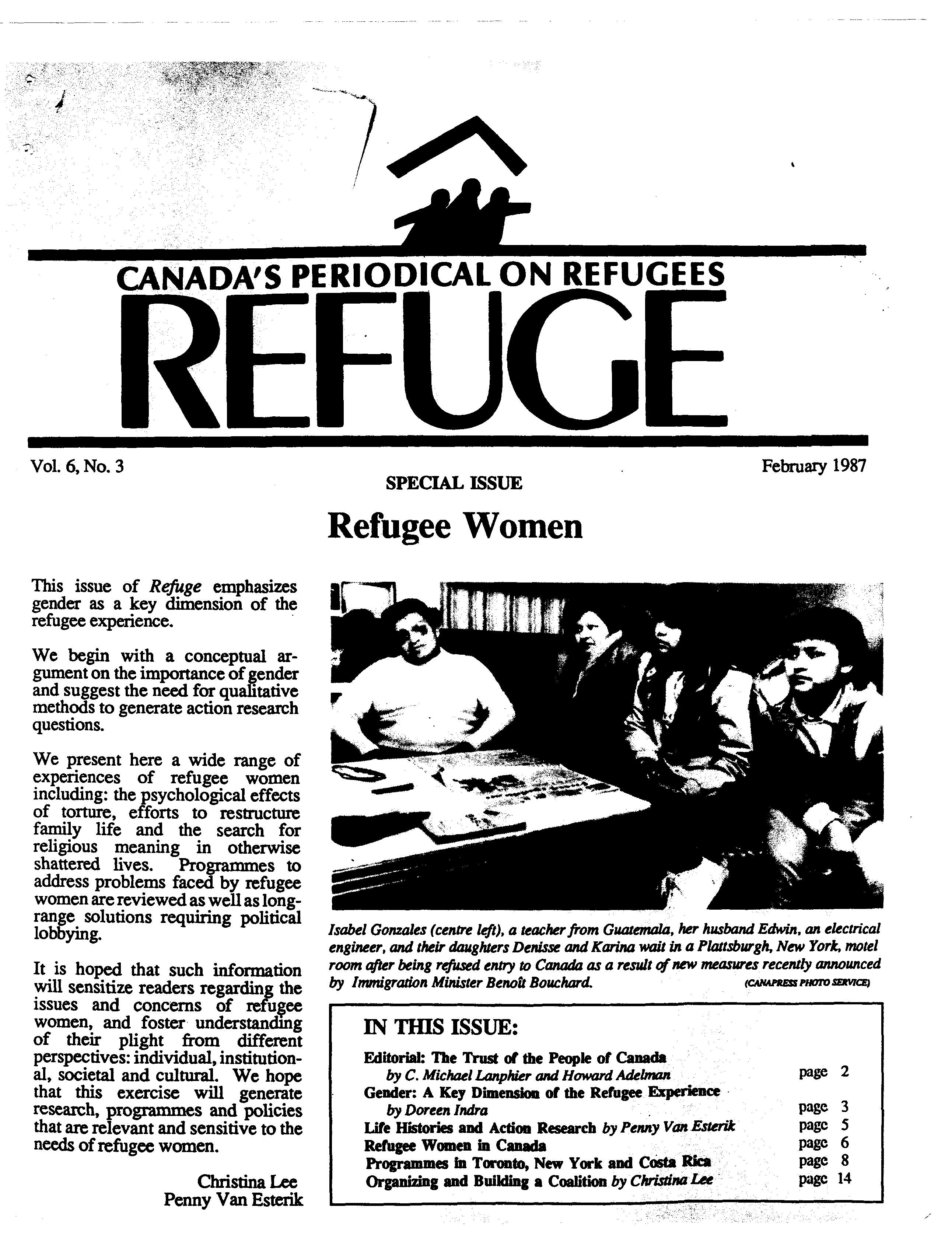Women and Religion: "Mennonite Hmong"
DOI:
https://doi.org/10.25071/1920-7336.41239Keywords:
Hmong, Laos, Kitchener-Waterloo, refugees, CIA, Lao womenAbstract
The Hmong of Laos, a traditionally animist and preliterate people, speak a Sino-Tibetan language and are culturally close to the Chinese. Due to their strategic location and scouting and fighting skills, the Hmong were singled out during the war in Indochina to collaborate with the CIA as front line guerrillas. The eventual assumption of power in 1975 in Laos of communist- backed Pathet Lao forces, resulted in increasing hardships and danger for those Hmong who had complied with the U.S. Army Special Forces. By 1980, more than 110,000 Hmong were forced to flee Thailand. Most Hmong from Thai refugee camps resettled in the U.S., France, Australia and Canada. The Mennonite Central Committee's (MCC) policy to aid sponsor cases like the preliterate and non- industrial Hmong resulted in a proportionately high influx of Hmong to Ontario; hence Kitchener-Waterloo (K-W) has been dubbed the "Hmong Capital" of Canada by immigration officials.
Metrics
Downloads
Published
How to Cite
Issue
Section
License
Copyright (c) 1987 Daphne Abergel

This work is licensed under a Creative Commons Attribution-NonCommercial 4.0 International License.
Refuge authors retain the copyright over their work, and license it to the general public under the Creative Commons Attribution-Non Commercial License International (CC BY-NC 4.0). This license allows for non-commercial use, reproduction and adaption of the material in any medium or format, with proper attribution. For general information on Creative Commons licences, visit the Creative Commons site. For the CC BY-NC 4.0 license, review the human readable summary.







